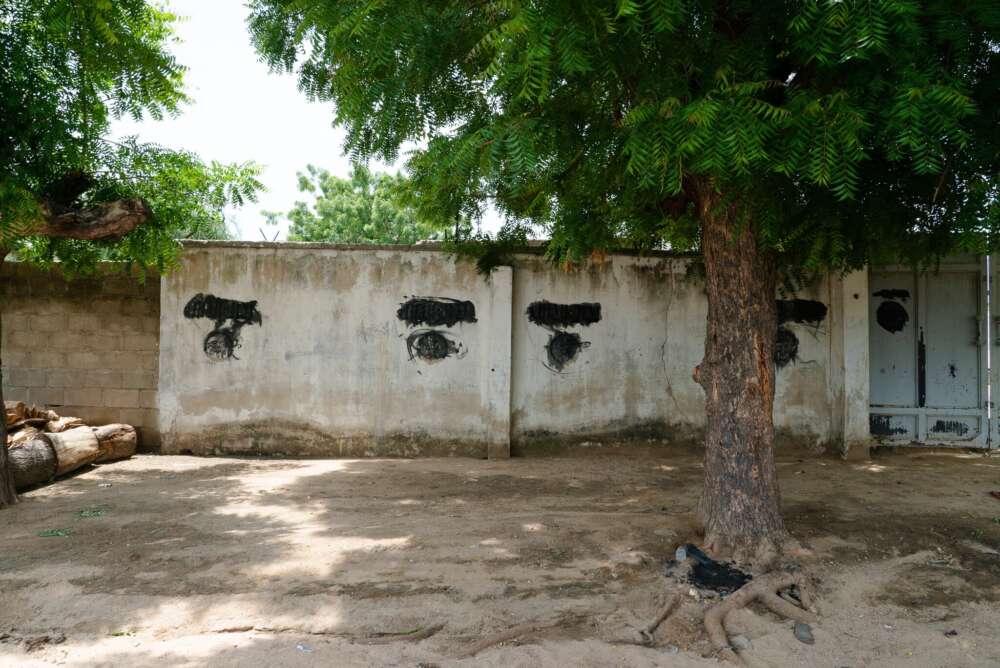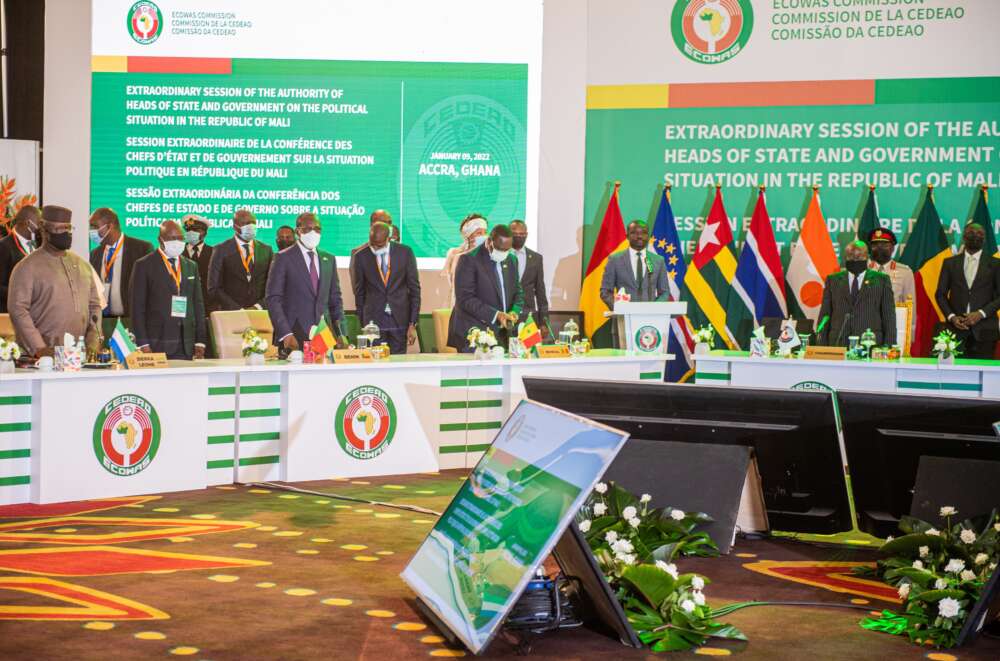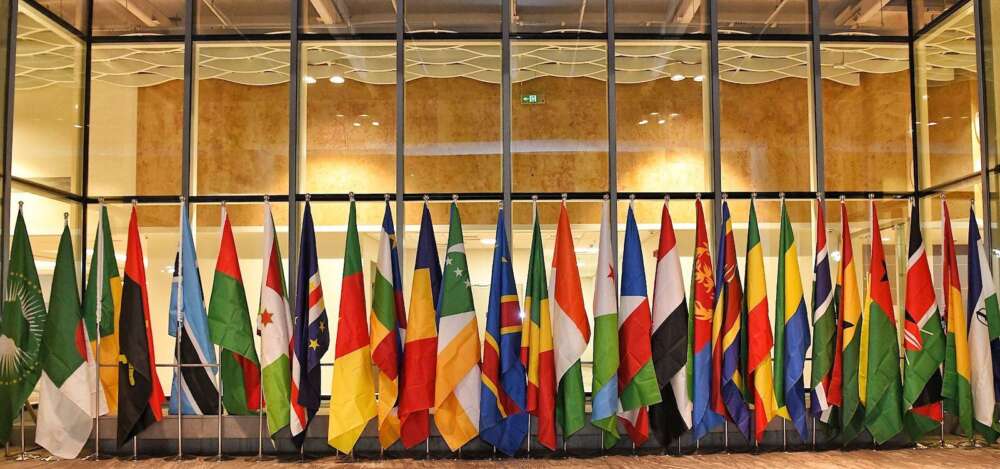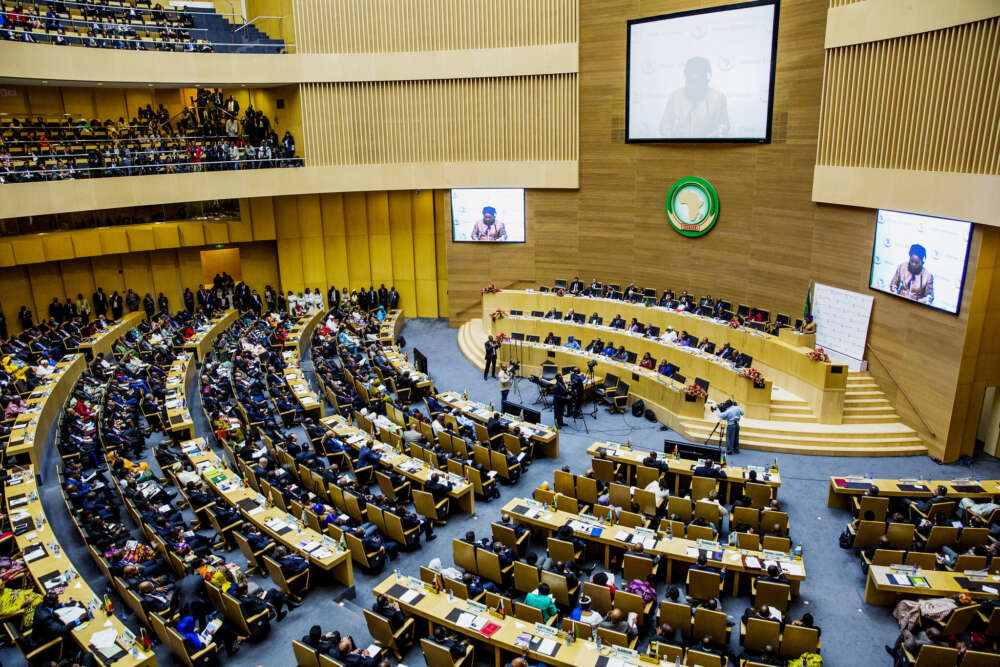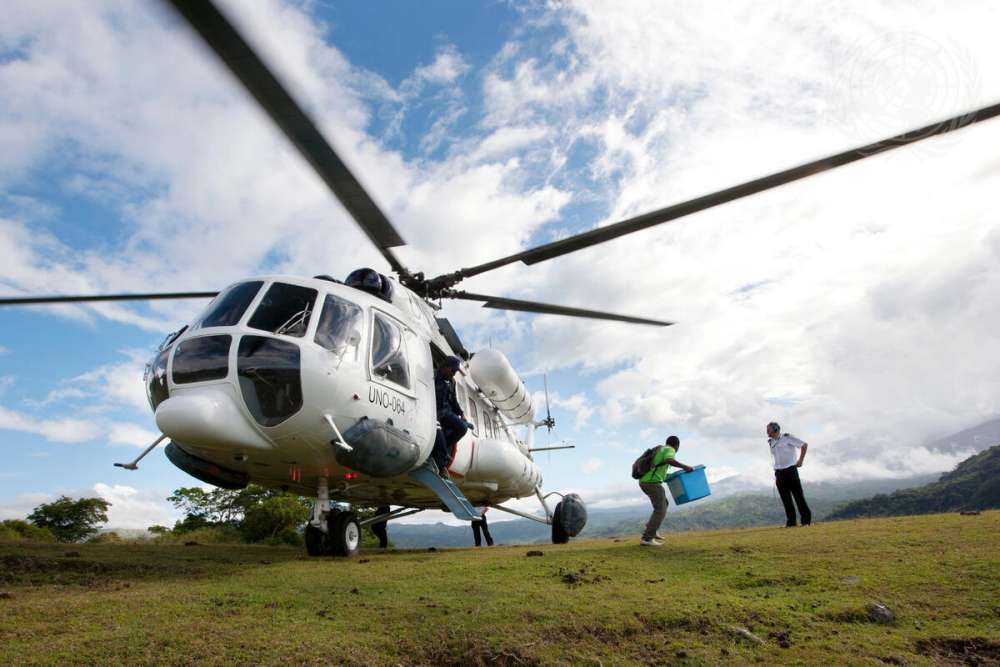Managing Armed Group Defections: Lessons from the Borno Model
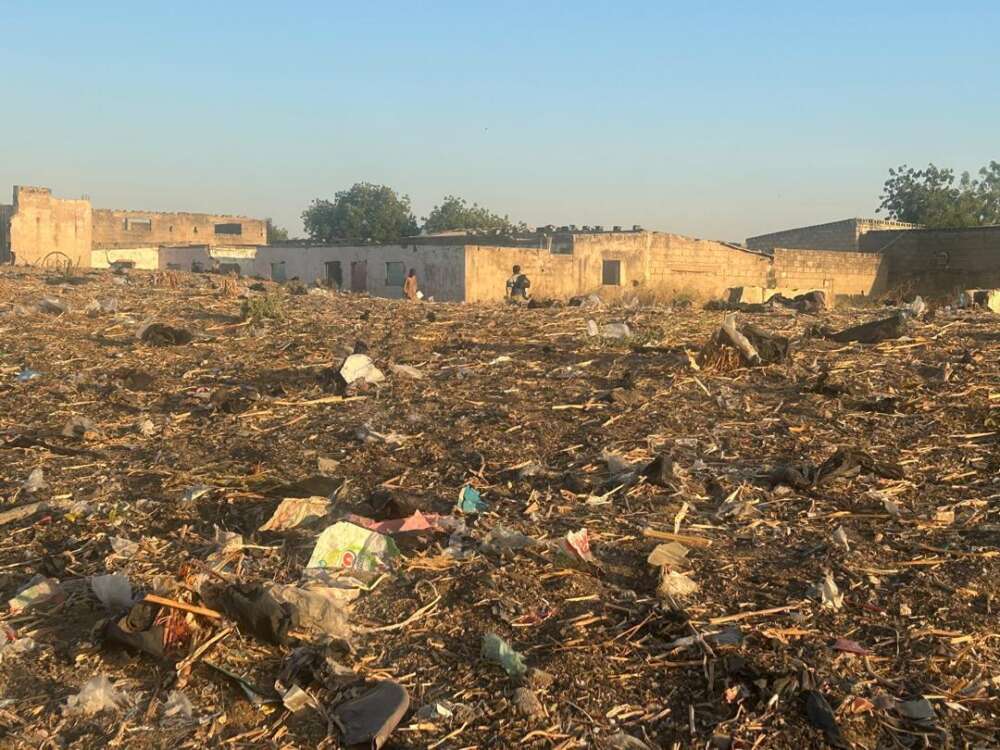
The Lake Chad Basin has been plagued by armed conflict between Boko Haram factions (the Jama’tu Ahlis Sunna Lidda’awati wal-Jihad, or JAS, and Islamic State West Africa Province, or ISWAP) and state security forces. This fighting has resulted in mass civilian casualties, widespread displacement, economic collapse, deepening poverty, disrupted education and social services, and grave violations of human rights.
The death of Abubakar Shekau (who was head of JAS) was a unique moment in the history of the conflict; it seemed that, with the right policies, real change seemed possible. In particular, hundreds of thousands of people were leaving Boko Haram held areas – and finding sustainable ways to reintegrate them into society was essential.
Nowhere was this more true than in Borno State: the epicenter of the conflict and now the area that had the most men, women, and children seeking a way back into society. To manage this challenge, the state developed what is now known as the Borno Model, a framework for receiving, rehabilitating, and reintegrating former associates of armed groups. While far from perfect, the model represents a rare opportunity: showing how more humane, community-driven approaches can help transform a conflict and open the door to peace.
Our new policy brief examines the Borno Model and offers seven key lessons for governments, practitioners, and international partners:
- More humane, less securitized approaches generate higher numbers of defectors.
- Locally-owned, culturally-grounded approaches not only generate improved buy-in from communities but can also be more agile in adapting to differing needs.
- Lasting defection processes need work on several fronts, so having a number of local, national and international actors working on different parts of the problem is essential.
- Post-release monitoring can be used to design lasting reintegration strategies.
- Ensuring former fighters and associates have meaningful employment prospects is a key part of making the defection process last.
- Guidelines on how defection models work should be clear, transparent and consistent, to ensure systems are understood and can be coordinated.
- It is not enough to add programming for women and children; instead, their needs must be considered through system design.
The Borno Model offers valuable insights not just for Nigeria, but for any context where governments and communities are grappling with how to encourage defections and prevent re-recruitment into armed groups. By learning from its strengths and shortcomings, policymakers can design better approaches that prioritize dignity, local ownership, and long-term stability.
This publication is funded by the German Federal Foreign Office as part of the project “Stabilization Lab: Improving Key Instruments for Crisis Prevention, Conflict Resolution and Peacebuilding.” This arm of the project on “Political Tools for Managing Crises in Africa,” is a collaboration between GPPi and the Institute for Security Studies (ISS). The views expressed herein solely reflect those of the authors and do not present the official position of the German government.


